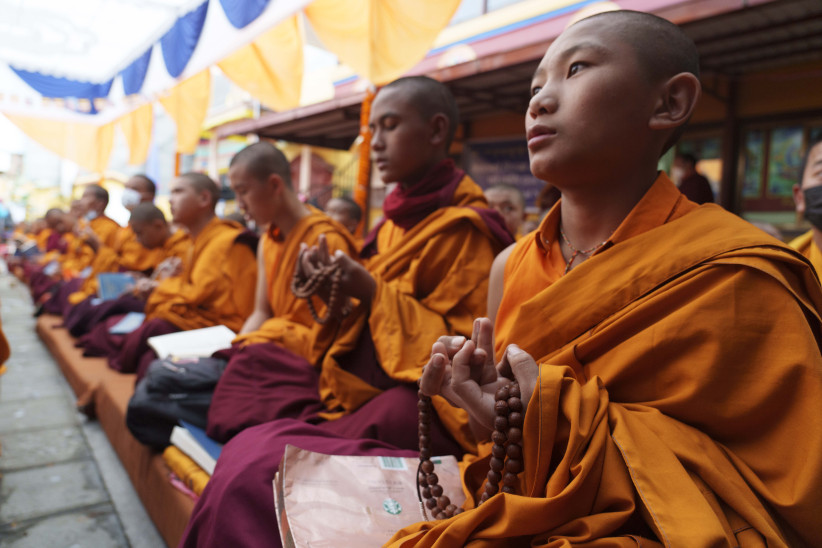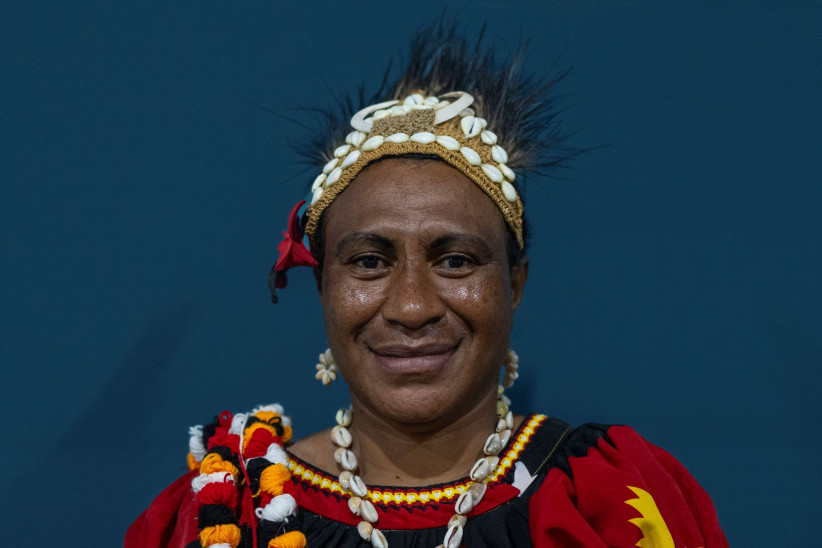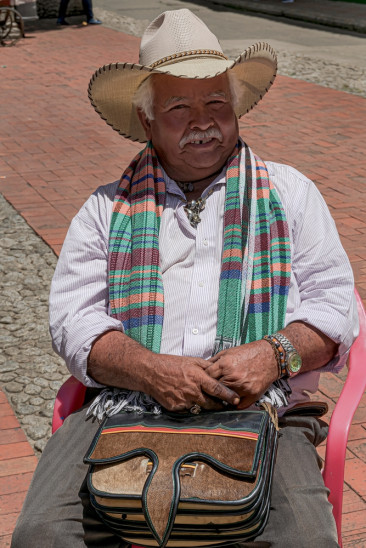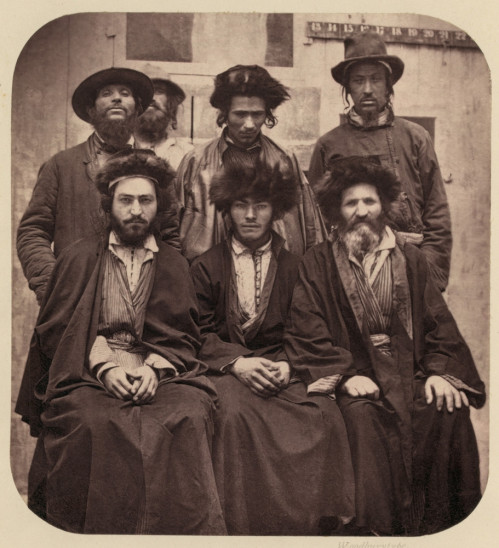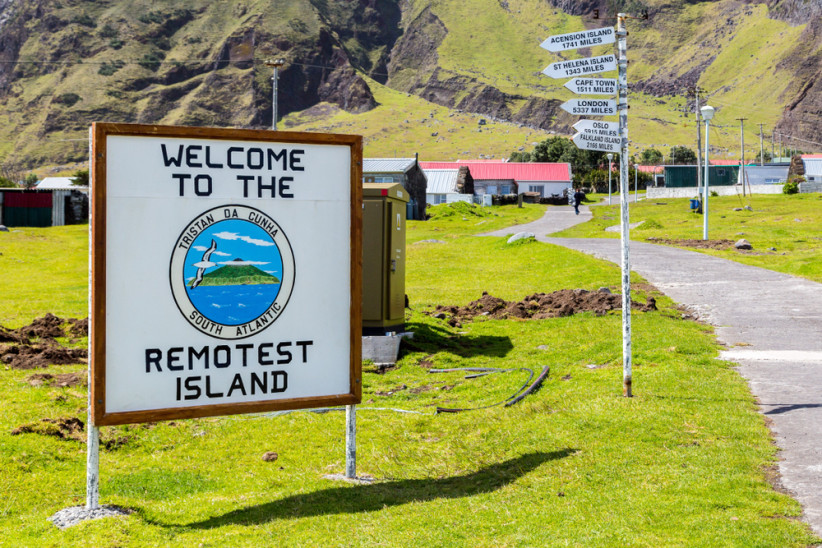There are some populations that due to geographical isolation have preserved their genetic characteristics unchanged – Who are they and how did this happen
Some human populations have remained “genetically isolated” for long periods, which has shaped their unique genetic makeup. These groups are also often geographically isolated, maintaining distinct genetic characteristics for centuries. Here are nine such isolated population groups, as documented by Live Science.
1. Anabaptists – Hutterites – Amish – Mennonites
These Christian groups began in the 16th century and many moved to America in the 17th century, settling in rural areas such as southeastern Pennsylvania. In 2011 a database was created to track genetic disorders common to Anabaptists.
For example, maple syrup urine disease, an inherited condition involving problems processing the amino acids that make up proteins, is rare in the general population but affects 1 in 380 Old Order Mennonites. And modern Hutterites are descended from just 67 people, which has resulted in a higher than average rate of cystic fibrosis in the population.
The Amish: In North America, this community maintains a limited genetic pool, in part due to their strict religious practices that prevent out-group marriage.
The Hutterites: A religious sect in North America with a small, close-knit population, resulting in a unique genetic structure.
2. Parsis
The Parsis are a community of Zoroastrians who migrated to India from Persia in the seventh century. Traditional Parsis disapprove of marriage with people outside their religion, which may have led to the group’s isolation.
Geneticists are particularly interested in the longevity of Parsis, who have gene variants associated with living well into their 90s despite a higher-than-average rate of breast cancer in women. A 2021 study published in Meta Gene concluded that the Parsis’ practice of inbreeding—marrying within their group—was likely the reason for these particular traits.
3. Sherpa
The Sherpas in the mountains of Nepal have remained genetically isolated for centuries, likely in part because of the forbidding landscape they inhabit. The group moved from Tibet around 400 to 600 years ago and are best known as highly skilled guides on Everest. Although the Sherpas have many neighbors, a 2017 study in the journal BMC Genomics showed that their genome has little evidence of gene flow from neighboring Nepali groups.
Geneticists are particularly interested in the Sherpa’s ability to thrive at high altitudes, which a 2014 study in the journal Nature Communications found linked to the groups’ unique genetics, which likely evolved over the past three millennia.
4. Papuans
The natives of Papua New Guineaisolated in their harsh lands, have a unique genetic heritage that has been preserved for millennia. When modern humans arrived in New Guinea about 50,000 years ago, they met and mixed with the Denisovans, a now-extinct group of human ancestors originating in Asia. But after that initial encounter, Papua New Guineans became genetically isolated for tens of millennia—even within the country itself.
A 2017 study published in the journal Science showed a stark difference between the gene variants of people living in the highlands versus the lowlands. And a genome study published in the journal Nature Communications in 2024 showed that Papua New Guineans inherited unique gene variants from Denisovans that may help lowland people fight infections and highland people live at high altitudes .
5. Nunavik Inuit
Nunavik means “wonderful land” in the local Inuktitut language and the Inuit inhabitants of the area are called Nunavimmiut. Until 1912, the area was part of the Ungara region of the Northwest Territories state.
The North American Arctic was inhabited by humans beginning about 6,000 years ago. The Inuit arrived in Nunavik, the northernmost part of the Canadian province of Quebec, about seven or eight centuries ago. A 2019 study of 170 Nunavik Inuit people’s genomes found that Nunavik Inuit had little intermingling with outgroups, leading to some unique gene variants.
Specifically, their genome appeared to reflect an increased ability to metabolize fat and protein, important for survival in cold climates with few plant food sources. But the researchers found that the Nunavik Inuit had a much higher than normal genetic risk for brain aneurysms.
6. Antioqueños
A genetically isolated community in northwestern Colombia, called Antioqueños or Paisascarries a rare genetic variant that puts people at increased risk of early-onset Alzheimer’s disease (AD).
The province of Antioquia was founded by a small Hispanic male population and indigenous women and a 2006 study in the journal PNAS found that their offspring continued to mate with Hispanic men, but not with indigenous women or men. Over time, this likely created a genetically isolated population, the study found. Many Antioqueños carry a rare genetic mutation that leads to cognitive impairment by age 45 and AD by age 50—people usually develop the disease after age 65. But by studying this group, researchers hope to develop antibodies that could protect people from AD in the future.
7. Ashkenazi Jews
This Diaspora Jewish group migrated from the Middle East and Central and Eastern Europe in various phases, including one after the Crusades. A 2006 study in the American Journal of Human Genetics found that about half of 8 million Ashkenazi Jews living today can trace their maternal ancestry to only four original groups. Later a 2022 study in the journal Cell revealed that this founding event occurred at least seven centuries ago.
8. Finns
During its history, Finland has had at least two points of major population bottlenecks, in which the population declined in number but then rebounded. These bottlenecks, as well as the relatively sparsely populated and geographically isolated nature of the country, have led to an increase in the frequency of certain gene variants.
The Finns have created a database, called the Finnish Heritage of Disease, which lists dozens of recessive genetic disorders commonly seen in Finns that can seriously affect their health, including types of epilepsy and muscular dystrophy. On the other hand, the unique genetics of Finns make other conditions—such as cystic fibrosis and phenylketonuria—rare in people of Finnish heritage.
9. Tristan da Cunha
Tristan da Cunha, in the South Atlantic Ocean, is part of the most remote inhabited archipelago in the world. Today, it is part of the British Overseas Territories and hosts only about 250 permanent residents. But when it was first settled in 1816, the population was somewhere between 15 and 28 people.
A study published in the 1960s found that the Tristan population had a higher than expected number of people infected by retinitis pigmentosaan inherited eye disease that causes vision loss, and a 2019 study revealed unusually high rates of asthma in the population.
Source :Skai
With a wealth of experience honed over 4+ years in journalism, I bring a seasoned voice to the world of news. Currently, I work as a freelance writer and editor, always seeking new opportunities to tell compelling stories in the field of world news.




